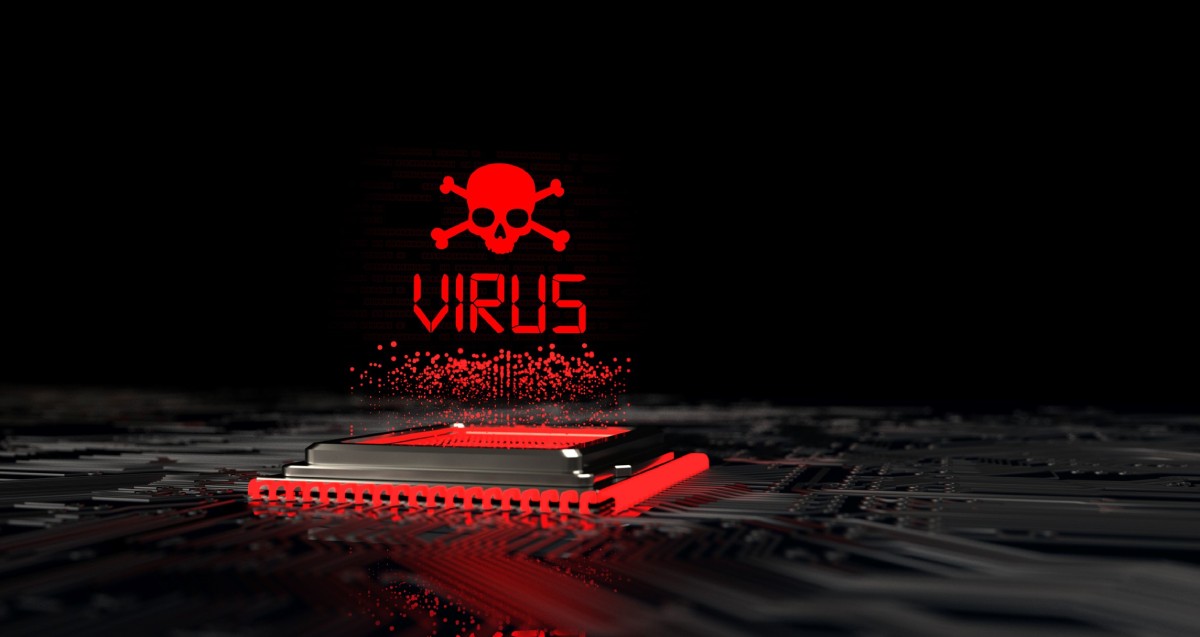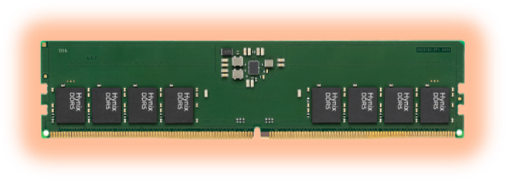Secure Memory: The First Line of Defense for Embedded Systems

Cyberattacks on embedded devices used to be theoretical. Not anymore. Recent industry analysis shows attackers now regularly compromise firmware and hardware in everything from car ECUs to critical infrastructure controllers. One striking takeaway is how often memory itself, where code, credentials, and telemetry reside, becomes the gateway for compromise. If an adversary can read or tamper with non-volatile storage, a secure boot chain, boundary, or even a safety function can be subverted long before software defences come into play. This is a theoretical risk in many consumer devices but a demonstrated threat in automotive and industrial systems.
Why memory security rises to the top
Embedded products have grown more connected and more autonomous, but many still rely on plain NOR flash or unmanaged NAND to hold boot code and logs. That leaves unprotected access exposed to physical probes, glitch attacks, or malicious updates delivered over the air. Analysts warning for memory-level vulnerabilities in medical devices like infusion pumps and imaging scanners note that a single vulnerable memory interface can bring down devices that must run for decades and are difficult, or impossible, to patch in the field.
For at risk applications, secure memory can close that gap by folding cryptographic and integrity functions into the storage device or its controller. Safeguards include:
- Surviving imperfect power and harsh environments. Error correction, bad block remapping and power loss protection prevent silent corruption that attackers or simple bit flips, could exploit. Dynamic wear-levelling and early power loss detection keep configuration data intact even after thousands of brownouts.
- Enabling secure over‑the‑air updates. Secure storage must support atomic image swaps and rollback prevention so field upgrades can be trusted.
- Authenticating every boot image. A hardware root of trust verifies digital signatures before the processor executes code, blocking unsigned or downgraded firmware. Root of trust blocks can live inside the boot ROM yet rely on external flash that supports encrypted XIP and anti-rollback counters.
- Protecting data at rest and in motion. On-device AES engines encrypt pages transparently, while address range firewalls isolate debug ports or external DMA.
What the market is delivering
Memory manufacturers have started baking these capabilities directly into flash dies. Such devices are already finding their way into automotive domain controllers and 5G base‑band cards where tamper resistance and long retention are mandatory.
Meanwhile, suppliers of DRAM modules for telecom and defence are adding on‑board temperature sensors and side‑channel countermeasures to protect encryption keys handled by the memory controller. These protections are at the system level rather than embedded in the DRAM module itself.
Designing security in, rather than bolting it on
Regulators are paying attention. New medical‑device guidance in the United States and the EU’s upcoming Cyber‑Resilience Act both require “secure by design” evidence that cryptographic keys are protected in hardware and that updates cannot be rolled back to a vulnerable build. Choosing memories with hardware root‑of‑trust support and authenticated update flows takes a significant burden off system software and shortens certification cycles.
Lifecycle planning matters just as much. A secure flash part that disappears from the market five years into a product’s 15‑year life can leave an OEM scrambling for requalification. That is why part longevity and security must be evaluated together.
How SMARTsemi helps
SMARTsemi’s catalog focuses on industrial-temperature DRAM and eMMC solutions designed for reliability and long-term deployment. Within the SMART Modular ecosystem, we help customers evaluate memory options that support features like hardware-based power loss protection and secure provisioning paths, where applicable. Our long product lifecycles and deep visibility into supply chains mean engineers can lock down a design without worrying that the qualified part will vanish mid-program. Our application engineers support customers in selecting memory solutions that align with secure boot strategies, whether processor- or flash-centric, and with system-level design constraints. We also assist in evaluating memory configurations for resilience and long-term maintainability.
Security begins where code is stored
Attack surfaces will keep expanding as embedded systems grow more connected and more autonomous. Hardening the processor while leaving its code and credentials exposed in commodity flash is a half‑measure attackers already know how to bypass. Secure memory built for authenticity, confidentiality and endurance, turns that weak link into an anchor. By combining such devices with a long‑term sourcing strategy, designers can protect their products and their customers for years to come.
SMARTsemi is your supply chain partner for DRAM components, eMMC solutions, and SD/microSD Flash Memory Cards for long-life applications. With 20+ years of industry experience, we understand your challenges and have aligned our priorities with yours to simplify your memory chip supply chain for the long run. We know what you need before you need it. Get a jump start and request a sample today.







